Sanatçı: Jacob Isaakszoon Van Ruisdael (Ruysdael)
stil: Dutch Golden Age
Konular: Landscape
teknik: Oil
Ruins sometimes play a prominent role, and gloomy skies set a melancholy mood. Ruisdael's rare ability to create a compelling and tragic mood in nature is best seen in his famous Jewish Cemetery at Dresden. A larger, more elaborate autograph version is at the Detroit Institute of Arts. These works are moralizing landscapes that were painted with a deliberate allegorical programme. The combination of their conspicuous tombs, ruins, large dead beech trees, broken trunks, and rushing streams alludes to the familiar themes of transience and the vanity of life and the ultimate futility of human endeavour, while the burst of light that breaks through the ravening clouds in each painting, their rainbows and the luxuriant growth that contrasts with the dead trees offer a promise of hope and renewed life. The masterliness of the Dresden painting lies in the artist's clear and concentrated presentation of these ideas. The eye focuses on the three tombs in the middle distance, where the light is centralized. They present a truthful picture of the actual, identifiable sarcophagi as they can still be seen in the Portuguese-Jewish Cemetery at Ouderkerk on the Amstel River near Amsterdam. Ruisdael made carefully worked-up drawings of the tombs, one of which he used as a preparatory drawing for the paintings. But the landscape settings of the Dresden and Detroit paintings bear no resemblance whatsoever to the site at Ouderkerk. They are Ruisdael's inventions. The cemetery never had monumental ruins. Those seen in the Dresden version were transplants from the shattered remains of Egmond Castle near Alkmaar, a site about forty kilometres from Ouderkerk; they also are based on a preparatory drawing. The ruins seen in the Detroit painting are probably derived from the ruins of Egmond's old Abbey Church. A rushing stream does not bisect the actual burial ground. (Would anyone in his right mind place tombs near a vigorous stream which would wreak havoc with the tombstones and coffins beneath them when it flooded?) The stream was included as a traditional allusion to the passage of time. Most remarkable is the barren beech tree in the Dresden picture that gestures toward the three tombs and heavenwards. If ever a tree was capable of seducing a viewer to accept the pathetic fallacy of endowing natural forms with human feelings and emotions it is this dead beech.
Sanatçı |
|
|---|---|
indir |
|
İzinler |
ticari olmayan kullanım için ücretsiz. Aşağıya bakınız. |
Jacob Isaakszoon Van Ruisdael (Ruysdael) – En çok izlenenler sanat
|
This image (or other media file) is in the public domain because its copyright has expired. However - you may not use this image for commercial purposes and you may not alter the image or remove the watermark. This applies to the United States, Canada, the European Union and those countries with a copyright term of life of the author plus 70 years.
|


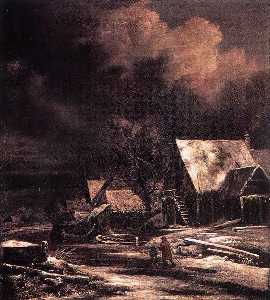
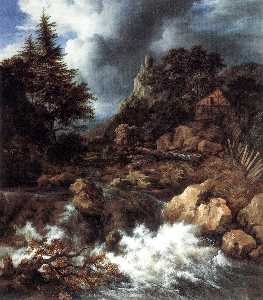
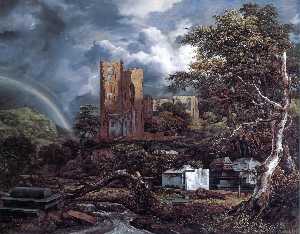
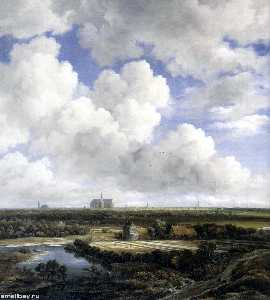
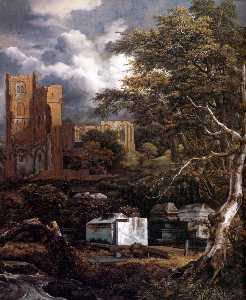
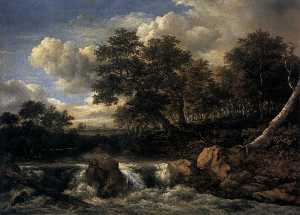
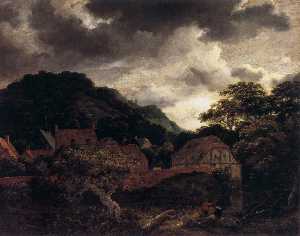
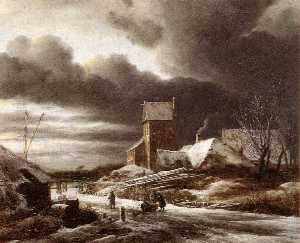
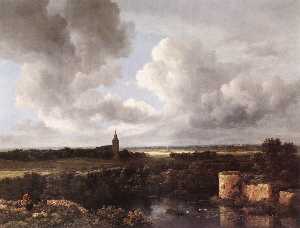
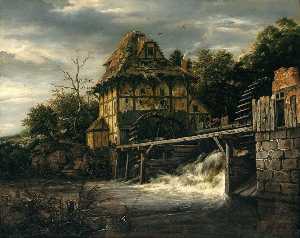
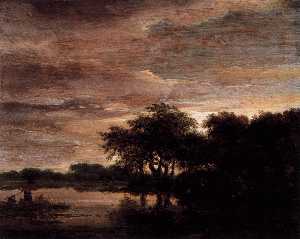
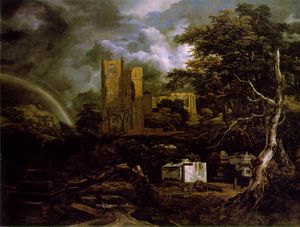
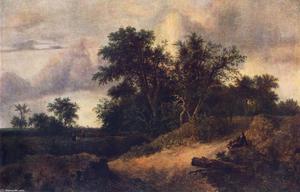
 Note that a few countries have copyright terms longer than 70 years: Mexico has 100 years, Colombia has 80 years, and Guatemala and Samoa have 75 years. This image may
not be in the public domain in these countries, which moreover do not implement the
Note that a few countries have copyright terms longer than 70 years: Mexico has 100 years, Colombia has 80 years, and Guatemala and Samoa have 75 years. This image may
not be in the public domain in these countries, which moreover do not implement the